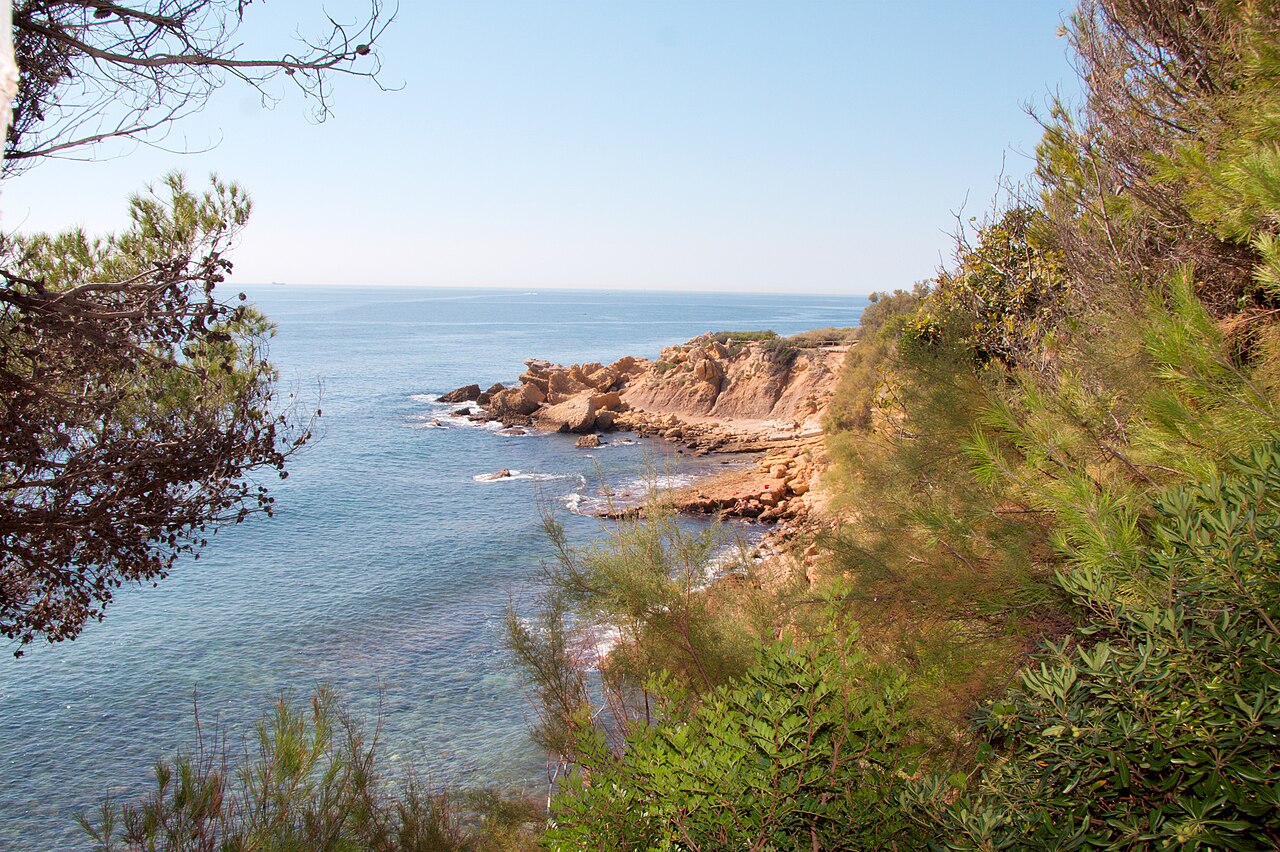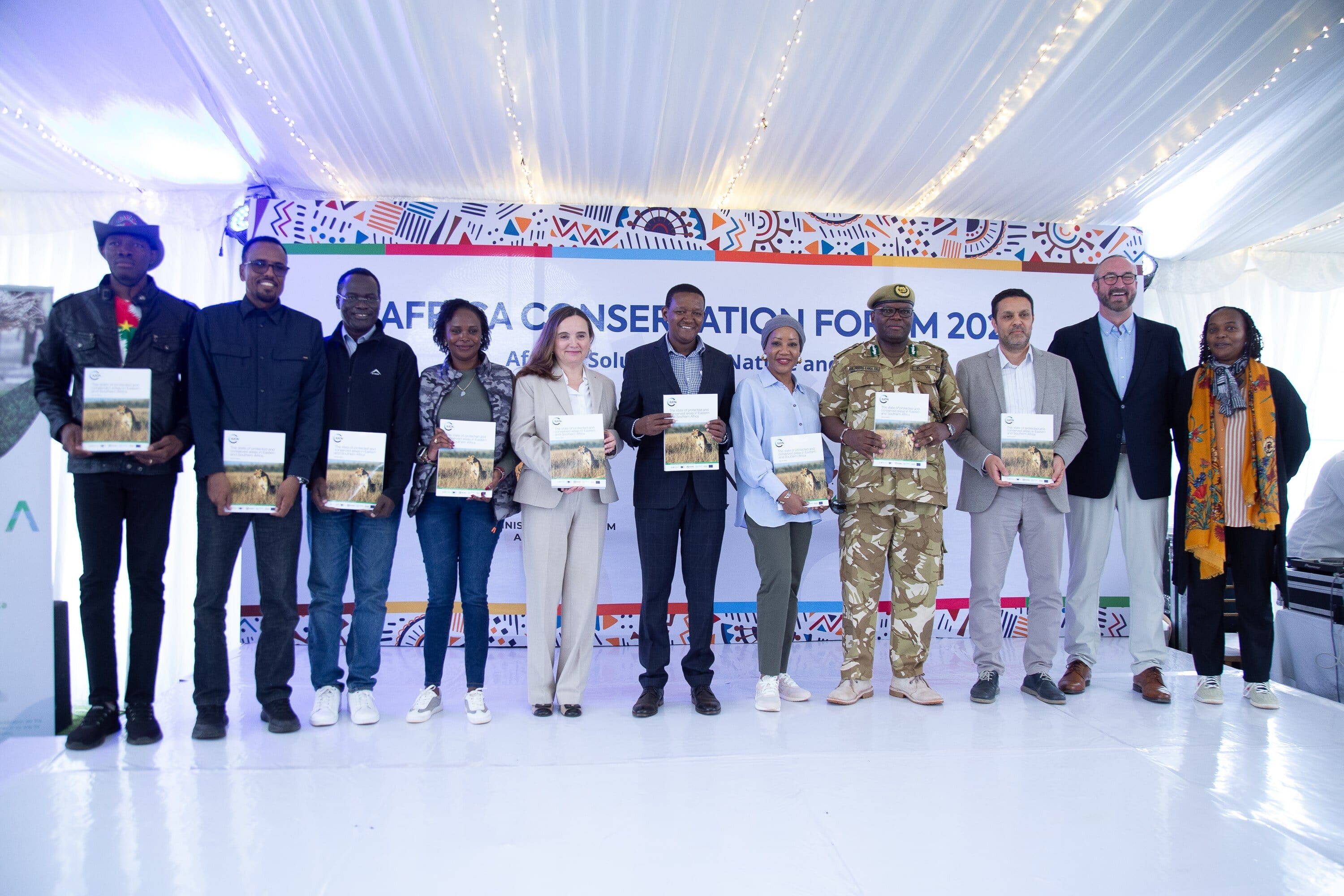This report describes light pollution and its impacts. It summarizes lessons learned from dark sky places. Dark sky guidelines are suggested for conservation management in urban, natural or heritage areas. Options are offered for park interpretation, school events, public engagement, community outreach and media contact. Examples of national, regional and municipal light pollution laws and policies are described. Recommendations for different situations are given for spectrum, illumination levels and appropriate fixtures.
Several organizations certify places with appropriate outdoor lighting policies and practices that minimize sky glow, that are compatible with nature conservation, and that offer interpretation and outreach programmes to residents and visitors alike. As of January 2024 there are over 320 dark sky places in 34 countries, from strictly protected areas to astronomical research sites, from biosphere reserves to towns and villages. Fifteen examples are described.
As the world urbanises and more communities gain access to electrical grids, there is an ever-growing amount of light pollution on Earth, a trend exacerbated by the onset of ultra-efficient LED lighting, making it easy to provide far more light than is needed. This report encourages architects, planners and environmental and building managers to abate light pollution, and help concerned citizens spread the word about light pollution. Everyone has the right to enjoy an unpolluted night sky and the natural world that goes with it.



